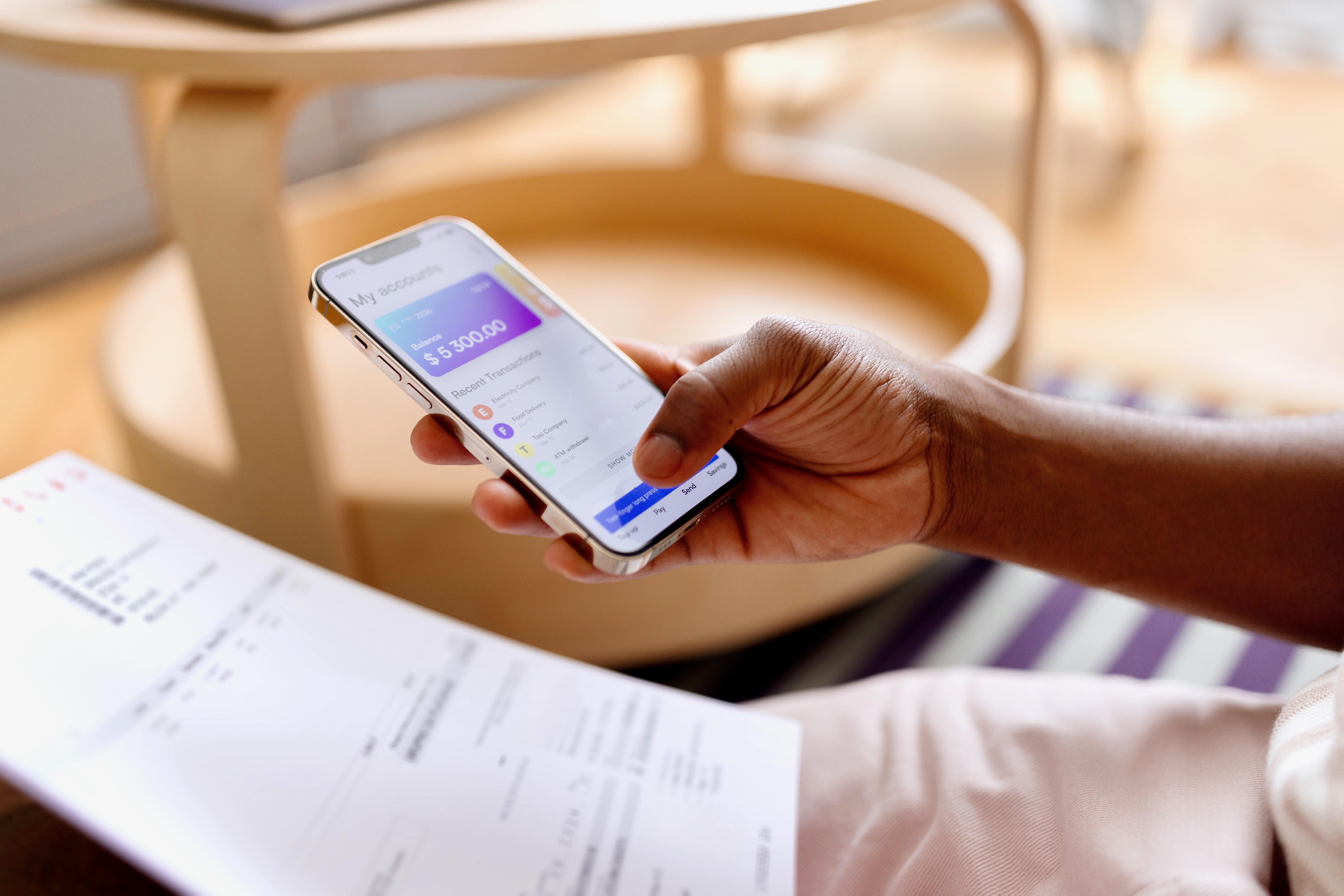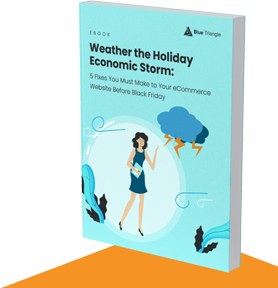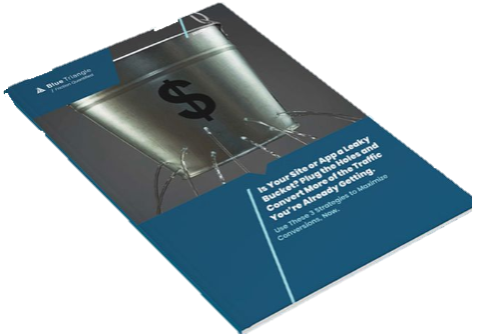Don't Ship Your Org Chart: The Story Behind Ally Bank's One-App Transformation
"Magic happens at the intersection of differentiated customer experience, driving business results, using cutting-edge technology," said Sathish Muthukrishnan (Chief Information, Data, and Digital Officer at Ally Bank) on a new episode of The Frictionless Experience.
Think Like a Customer. Not Like a Company.
What do customers care about? Not your silos or your org chart.
Ally Bank learned that the hard way after building six different mobile apps, each one aligned to a different line of business. Logical? Sure, if you're inside the company. But to customers, it made no sense.
"We had six different apps serving what we thought were six different customer bases," said Sathish on The Frictionless Experience.
Customers don't think in org charts. They think: "I need to check my Ally account."
That misalignment was the catalyst for a transformation that wasn't just technical, it was deeply human. Here's what digital product leaders can learn from Ally.
1. Why Six Apps Were Six Too Many
"We had six different apps serving what we thought were six different customer bases," said Sathish on The Frictionless Experience.
That last part—what we thought—is telling.
Customers didn't say, "Now I'll open the mortgage app. Later, I'll hop into the auto loan app." They thought, "I'm logging into Ally." One brand. One relationship. One experience.
But Ally had unintentionally fractured that experience. Even worse, some customers needed multiple logins just to manage different accounts.
So, Ally decided to unify all six apps into a single platform. A big idea. But also a heavy lift.
2. The Hardest Part Wasn't the Technology
Let's bust a myth right now: the biggest obstacle to digital transformation isn't your tech stack. It's your org chart and the people who defend it.
Sathish broke it down into four kinds of resistance:
It meant product teams had to slow down. Budget owners had to pool funds. Engineering groups had to give up favored tools. Everyone had to put Ally ahead of their own fiefdom.
"Now you're pulling [budget] all and saying we're going to build common capabilities that benefit Ally as a whole. Maybe even slow down your progress so the other part of the business is benefiting this year and vice versa next year."
Even developers felt the change at a personal level.
"My team that works on iOS believes in iOS. That's what they know. That's what they want to do. That's an emotional change."
Thinking like your customers means being willing to sacrifice internal comfort for external clarity. It means rewriting incentives—and sometimes identity.
3. Serving the "Segment of One"
Once the new unified app launched, something powerful happened. Ally didn't just simplify access, they discovered deeper insights into how customers interacted across product lines.
"You're stitching amazing insights about customers from different businesses. You're starting to see patterns and unbelievable opportunities to continue making us better."
It unlocked Ally's ability to serve each customer as an individual, not a persona.
That shift—from disconnected business units to connected human experiences—is the very heart of modern customer-centric design.
And sometimes, the friction you remove is too much.
"Literally, it was one click. People were like, 'Okay, what else? Did I actually open an account?"
That's right: the app worked so well, customers didn't believe it. Ally had to add a confirmation screen to reassure them it was real.
"We literally had to create a screen and have them click a checkbox to say you are actually opening an account."
4. What Other Companies Can Learn
Ally's story is about more than banking. It's a blueprint for any company trying to simplify, consolidate, or modernize digital experiences.
Here's what you can take away:
- Don't design around departments. Design around how customers think and act.
- Real transformation takes emotional buy-in. Not just architecture updates.
- Consolidation often means slowing down to speed up. Shared platforms create long-term agility, even if they feel like short-term friction.
And most of all:
"Magic happens at the intersection of differentiated customer experience, driving business results, using cutting-edge technology."
5. Don't Ship Your Org Chart. Ship What Your Customers Need.
Let's end where we began.
If you want to be customer-centric, then start with the customer's mental model, not your org chart. Ask:
- Would your customer expect this to be separate?
- Would they understand why it's harder than it needs to be?
- Would they ever see the internal boundary you're making them cross?
If the answer is no, then it's time to rethink how you build.
Don't ship complexity. Don't ship what makes sense to your internal teams.
Don't ship your org chart. Ship what your customers need. Every single time.
The Cost of Internal Logic
Every organization has its own logic—its own structure, teams, roadmaps, and incentives. But none of that matters to the customer. In fact, the more visible those internal seams become, the more confusing the experience.
Ally's story is a powerful reminder that customer obsession isn't about more features or flashier tech. It's about removing anything that gets between your user and the outcome they want—even if that means slowing down, merging teams, rewriting code, or challenging sacred cows.
The irony? What's hard for the business often feels effortless to the customer. And that's exactly the point.
So here's the challenge:
Can you build something so seamless your customers barely notice it's there?
Can you make your org chart invisible—and your value unmistakable?
That's what it means to think like your customers. And that's how you build something they'll love.

During the holiday rush, every shopper matters
Optimize the customer journey before the eCommerce event of the year.

.jpg)



.png?width=940&height=788&name=Sathish-2%20(1).png)
